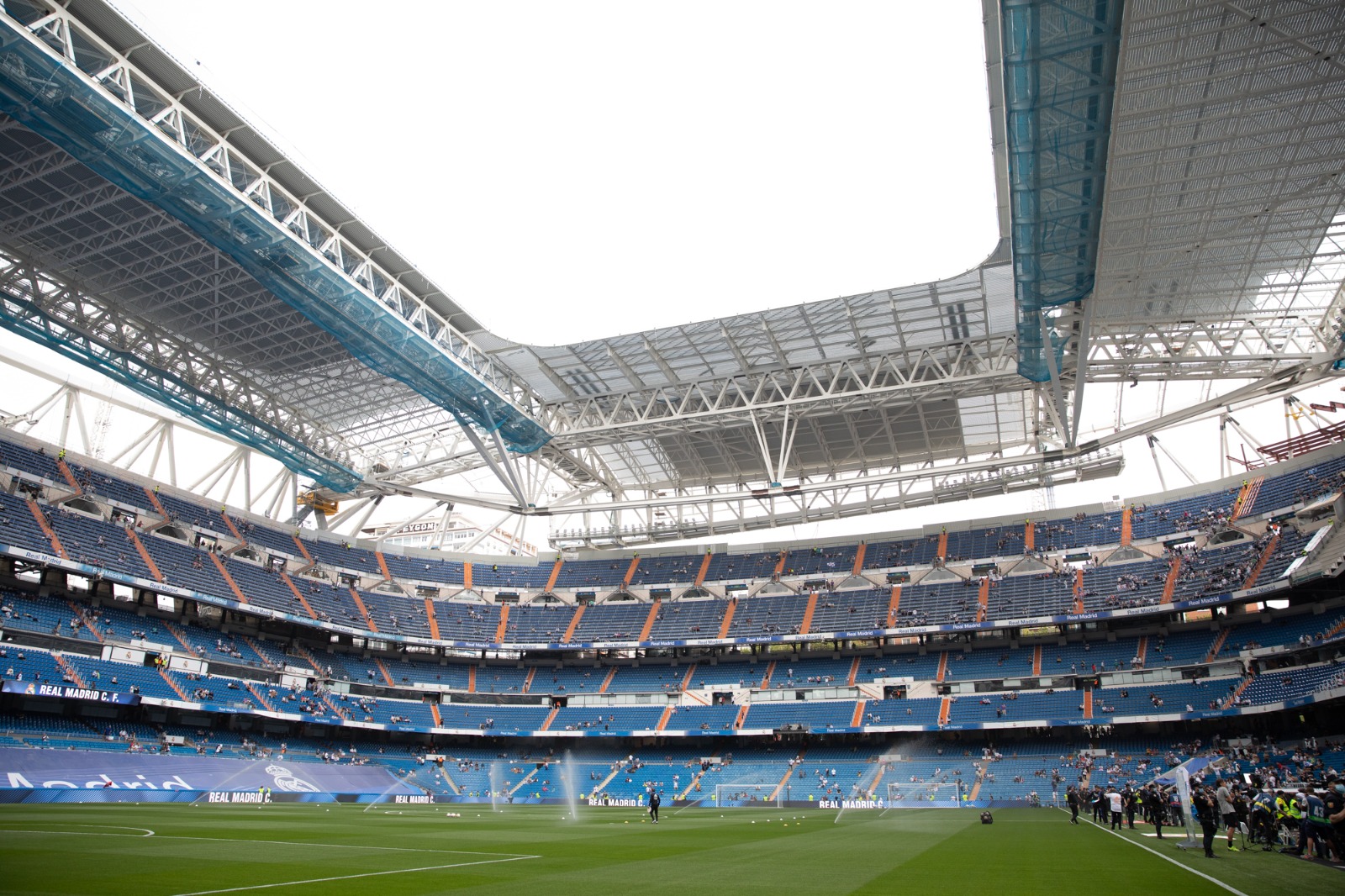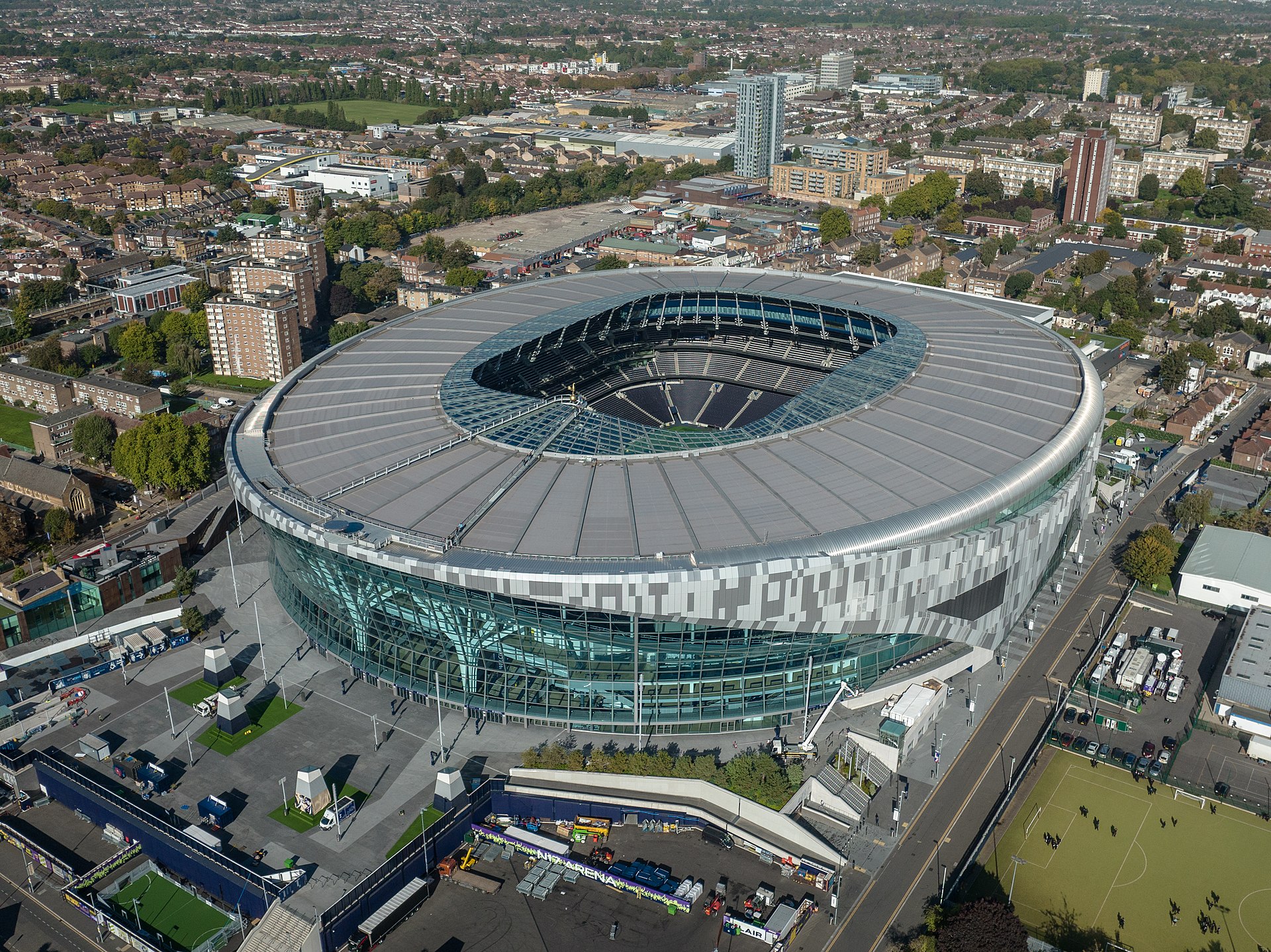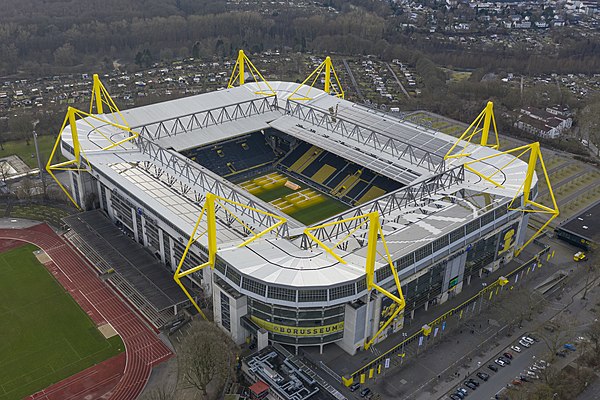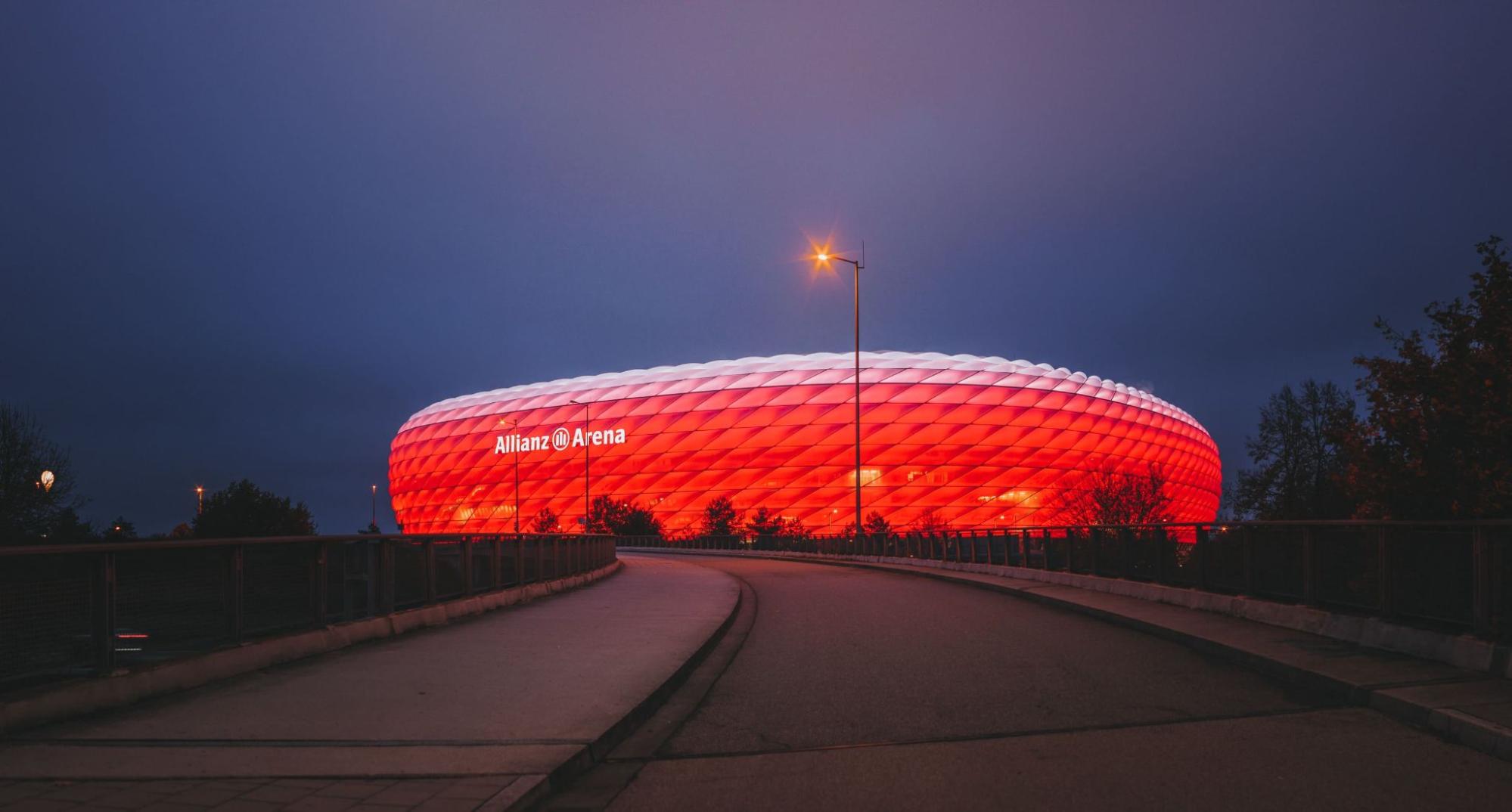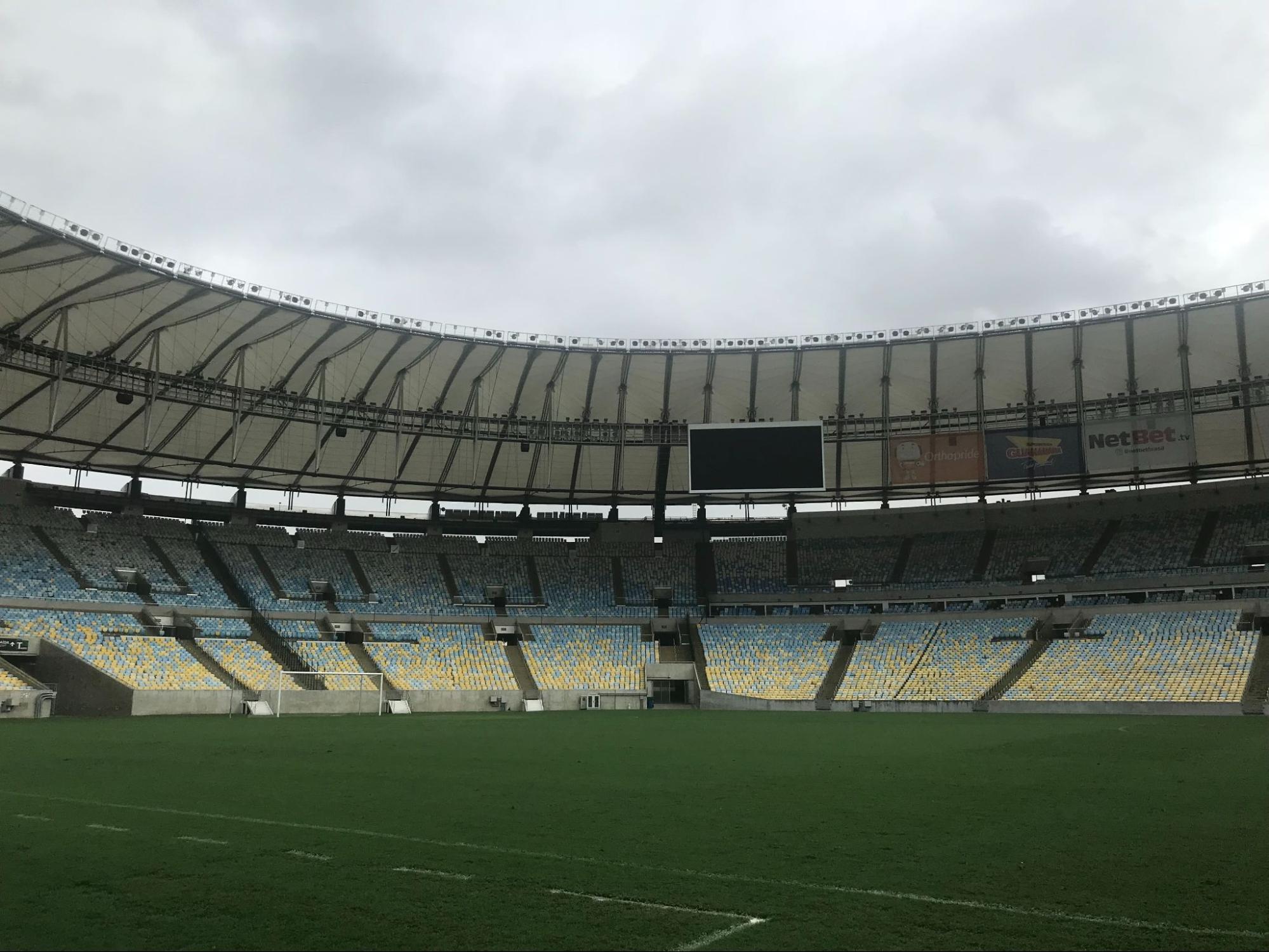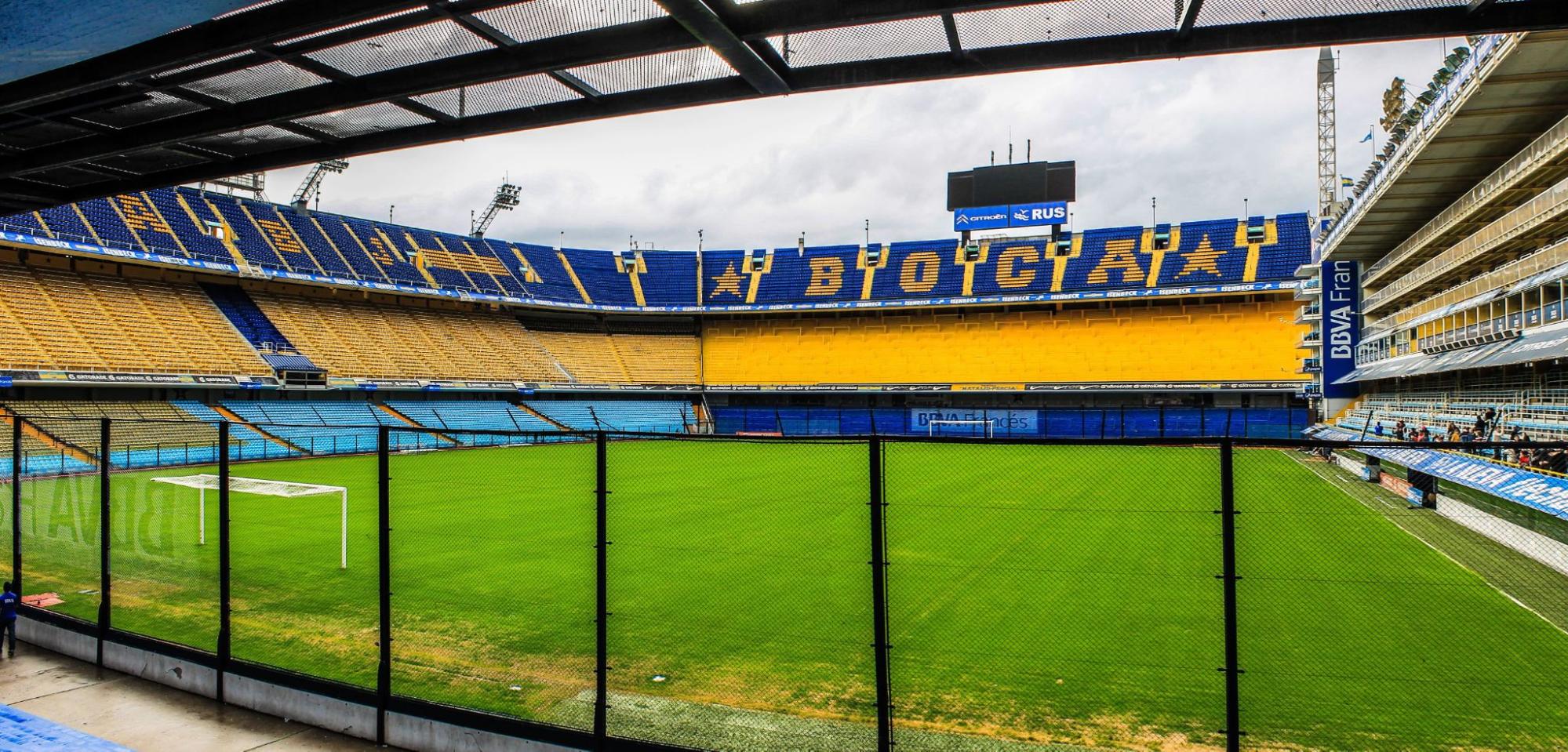Football stadiums are more than just places to play; they are the heart of the sport. Top 10 football stadiums in the world are famous for their impressive size, unique design, and exciting atmosphere.
These iconic stadiums have hosted big matches, seen legendary players, and become important cultural sites. They are known for their large crowds, innovative architecture, rich history, and passionate fans. These stadiums offer more than just a place to watch football; they provide an unforgettable experience, making them special and revered in the world of football.
Whether it’s the electric atmosphere at England’s Wembley Stadium, the legendary matches hosted at Real Madrid’s Santiago Bernabeu, or the rich history of Liverpool’s Anfield, each stadium tells a story. Here on Parimatch Ghana, you can bet on the best teams and matches played in the world’s biggest stadiums—both live and upcoming.
Contents
Ranking the Top 10 Soccer Stadiums in the World
Here are the best stadiums in the world of football, ranked by their architectural brilliance, historical significance, crowd capacity, and the electric atmospheres they create on match days.
| Rank | Stadium | Team(s) | Capacity | Year Built |
| 1 | Santiago Bernabeu | Real Madrid | 81,044 | 1947 |
| 2 | Tottenham Hotspur Stadium | Tottenham Hotspur | 62,850 | 2019 |
| 3 | Wembley Stadium | England | 90,000 | 2007 |
| 4 | Signal Iduna Park | Borussia Dortmund | 81,365 | 1974 |
| 5 | Allianz Arena | Bayern Munich | 75,024 | 2005 |
| 6 | Estadio Azteca | Club America, Mexico | 105,000 | 1966 |
| 7 | Old Trafford | Manchester United | 74,879 | 1910 |
| 8 | Maracana | Fluminese, Flamengo, Brazil | 78,838 | 1950 |
| 9 | San Siro | AC Milan, Inter Milan | 75,923 | 1926 |
| 10 | La Bombonera | Boca Juniors | 57,200 | 1938 |
Exploring the Legends: Why These Soccer Stadiums Made Our List
Let’s take a look at each stadium and see why it made our list—examining the iconic matches played there, its unique features, and what makes it a standout in the world of football.
🏆 Santiago Bernabeu
The Santiago Bernabéu Stadium in Madrid, Spain, is a legendary football venue with a seating capacity of 81,044. It has been Real Madrid’s home since its completion in 1947. Named after the iconic Real Madrid president Santiago Bernabéu, the stadium has hosted the European Cup/UEFA Champions League final four times: in 1957, 1969, 1980, and 2010. Notably, it also hosted the 2018 Copa Libertadores Finals, making it the only stadium to host both the UEFA Champions League and Copa Libertadores finals.
Key features include:
- Upgraded Seating: The stadium boasts 20,200 upgraded seats with an impressive tilt of 87 degrees, ensuring optimal views and proximity to the pitch.
- Entrance Towers: Four entrance towers were erected, each featuring two staircases and a central spiral ramp for quicker access to the new tier.
- Historic Matches: The Bernabéu witnessed the 1964 European Nations’ Cup and the 1982 FIFA World Cup finals, making it the first European stadium to host both a UEFA Euro final and a FIFA World Cup final.
🏆 Tottenham Hotspur Stadium
Tottenham Hotspur Stadium, located in north London, is the home ground of Tottenham Hotspur Football Club. Opened in April 2019, it’s the largest club stadium in London, with a seating capacity of 62,850.
Here are some key features:
- Close to the Pitch: Fans enjoy an intimate experience, with distances from the front row to the touchline ranging from 4.9 to 7.9 meters.
- South Stand: The 17,500-seat, single-tier South Stand stands over 34 meters tall and features the iconic golden cockerel.
- Food and Drink: Over 60 outlets inspired by London’s street food scene offer diverse choices, including plant-based options.
- Multi-Use Venue: The stadium hosts not only Spurs matches but also major events like NFL games, concerts, boxing, and rugby.
- Sustainability: Powered by 100% renewable energy, it follows a zero-waste-to-landfill policy and encourages reusable beer cups and public transport options.
🏆 Wembley Stadium
Located in Wembley Park, London, England, Wembley Stadium is a stunning piece of architecture. With room for 90,000 fans, it’s the UK’s biggest sports venue and the second-largest in Europe. Football fans flock to Wembley for events like the FA Cup Final and England’s national team matches. Its standout features include a roof that can partly open and the towering 134-meter-high Wembley Arch.
Wembley’s history is filled with unforgettable moments, like hosting the 1966 World Cup Final, where England claimed victory. Beyond football, the stadium hosts various sports events and concerts. Wembley’s mix of modern facilities and historic significance makes it a must-visit for fans and visitors alike, promising excitement and memories on every visit.
🏆 Signal Iduna Park
Signal Iduna Park, also known as Westfalenstadion, sits proudly in Dortmund, Germany, as the home of Borussia Dortmund. It’s a massive stadium, holding up to 81,365 people. But what really makes it special isn’t just the number of seats—it’s the fans. They’re known as the “Yellow Wall” because when they all wear their yellow jerseys and cheer together, it creates an electric atmosphere that’s hard to beat. It’s like a sea of yellow energy that fills the stadium during games.
But there’s more to Signal Iduna Park than just the fans. Inside, there’s something for everyone who loves Borussia Dortmund. They have a museum right there in the stadium, celebrating all the great moments and players in the club’s history. It’s a place where fans can go to feel even closer to their favorite team.
🏆 Allianz Arena
Now, let’s head over to Munich, Bavaria, Germany, where we find the Allianz Arena. Unlike Signal Iduna Park, the Allianz Arena is all about football. But what makes it really stand out is its outside. The outside of the stadium is covered in these special plastic panels that can change color. It’s like the whole stadium can put on a light show, and it’s the only stadium in the world that can do that.
Inside, the Allianz Arena can hold up to 75,024 people. And they’ve got everything you need for a great time watching football. There are big screens so you can see all the action, and the seats are really comfy, so you can sit back and enjoy the game.
Both Signal Iduna Park and the Allianz Arena are more than just places to watch football—they’re like symbols of their cities. They’re places where fans can come together and share the excitement of the game they love. Whether you’re cheering for Borussia Dortmund or another team, these stadiums have something special for everyone.
🏆 Estadio Azteca
Estadio Azteca, found in Mexico City, is where both Club América and the Mexico national team play their games. What makes this stadium special is not just its big size, but also where it sits. It’s up really high, about 2,200 meters (7,200 feet) above sea level. With room for 87,523 people, it’s the biggest stadium in Latin America and the sixth-biggest in the whole world. But what’s even cooler is all the important games that have happened there. Estadio Azteca hosted two FIFA World Cup finals, in 1970 and 1986. In that 1986 final, there was a famous goal by Maradona called the “Hand of God” goal, which people still talk about today.
But Estadio Azteca is more than just a place for games. It’s got a really cool museum that’s won awards. You can also take tours of the stadium and even use their conference facilities.
🏆 Old Trafford
Now, let’s hop over to Greater Manchester, England, where we find Old Trafford, the home of Manchester United. It can fit 74,310 people, making it the biggest club football stadium in the UK.
Old Trafford was built back in 1950 for the World Cup. They wanted it to be the biggest stadium in the world, but it didn’t turn out that way. Still, it’s got a lot of history and is really important to Manchester United fans.
When you visit Old Trafford, there’s more to do than just watch games. They’ve got a museum where you can learn all about the team’s past, a café where you can grab a snack, and a big store where you can buy souvenirs.
🏆 Maracana
Maracanã Stadium, in Rio de Janeiro, Brazil, is like a giant symbol of football. It’s where many amazing moments in Brazilian football history have happened. Originally, it could fit a staggering 173,850 people! But even after they made it smaller, it’s still the biggest stadium in Brazil, with room for 73,139 fans. Maracanã isn’t just a stadium—it’s part of a bigger sports area that includes Maracanãzinho, the Little Maracanã.
One of the most famous moments in Maracanã’s history was the 1950 FIFA World Cup final between Brazil and Uruguay. Even though Brazil lost, the stadium became legendary because so many people watched that game. Maracanã is also home to major Rio de Janeiro football clubs like Fluminense, Flamengo, Botafogo, and Vasco da Gama. These teams have their own stories and make the stadium a really exciting place to be.
🏆 San Siro 
Now, let’s go to Milan, Italy, where we find San Siro Stadium. It’s where AC Milan and Inter Milan play their games. With space for 80,018 fans, it’s one of the biggest stadiums in Europe and the largest in Italy. What’s cool about San Siro is its shape. One side is flat, and the other three are steep, which makes it feel like the crowd is really close to the action. It’s hosted some of the greatest players in football history, like Diego Maradona and Lionel Messi.
🏆 La Bombonera
Lastly, let’s visit La Bombonera Stadium in La Boca, Buenos Aires, Argentina. It’s where Boca Juniors play their matches. Shaped like a chocolate box, it’s got room for 57,200 fans. What makes La Bombonera special is its fans, who are known as La Doce. They’re super passionate, and the stadium has amazing acoustics, so their cheers sound really loud. It’s seen some of the best players in the world, like Maradona and Messi, make magic happen on the field.
Summary
These stadiums aren’t just places to watch football—they’re like symbols of their cities’ love for the game. Whether it’s Maracanã’s massive size, San Siro’s unique shape, or La Bombonera’s passionate fans, each stadium has its own special vibe that makes football games there unforgettable. They’re more than just stadiums; they’re places where dreams come true and where fans come together to celebrate their love for the game.
Don’t miss out on the fun! You can join in from home by signing up with Parimatch Ghana. Support your favorite teams and place bets easily. With the best odds and betting options, it’s a win-win! Join us now!
FAQ
❓ Which football stadium is the biggest in the world?
The Rungrado 1st of May Stadium in Pyongyang, North Korea, holds the title for the largest stadium by seating capacity. It can accommodate around 114,000 spectators. However, it’s primarily used for mass games and not football matches.
❓ What is the top 10 biggest football stadium in the world?
The top 10 biggest soccer stadiums in the world are Rungrado 1st of May Stadium (North Korea) – 114,000, Camp Nou (Barcelona, Spain) – 99,354, Estadio Azteca (Mexico City, Mexico) – 87,523, FNB Stadium (Soccer City) (Johannesburg, South Africa) – 87,436, Rose Bowl (Pasadena, USA) – 88,565, Wembley Stadium (London, UK) – 90,000, Bukit Jalil National Stadium (Kuala Lumpur, Malaysia) – 87,411, Melbourne Cricket Ground (MCG) (Melbourne, Australia) – 100,024, Sardar Patel Stadium (Motera) (Ahmedabad, India) – 132,000 (after renovation), Stadio Giuseppe Meazza (San Siro) (Milan, Italy) – 80,018.
❓ Which football team has the best stadium?
The best stadiums belong to Old Trafford (Manchester United) – 74,140, Camp Nou (FC Barcelona) – 99,354, Anfield (Liverpool FC) – 54,074, Allianz Arena (Bayern Munich) – 75,024, Santiago Bernabéu (Real Madrid) – 81,044.
❓ How much does a football stadium cost?
The cost of building or renovating a stadium varies significantly based on location, design, materials, and other factors. Major stadiums can range from hundreds of millions to billions of dollars. For example, the new Tottenham Hotspur Stadium in London reportedly cost around £1 billion to construct. Keep in mind that ongoing maintenance and operational costs are also substantial.


